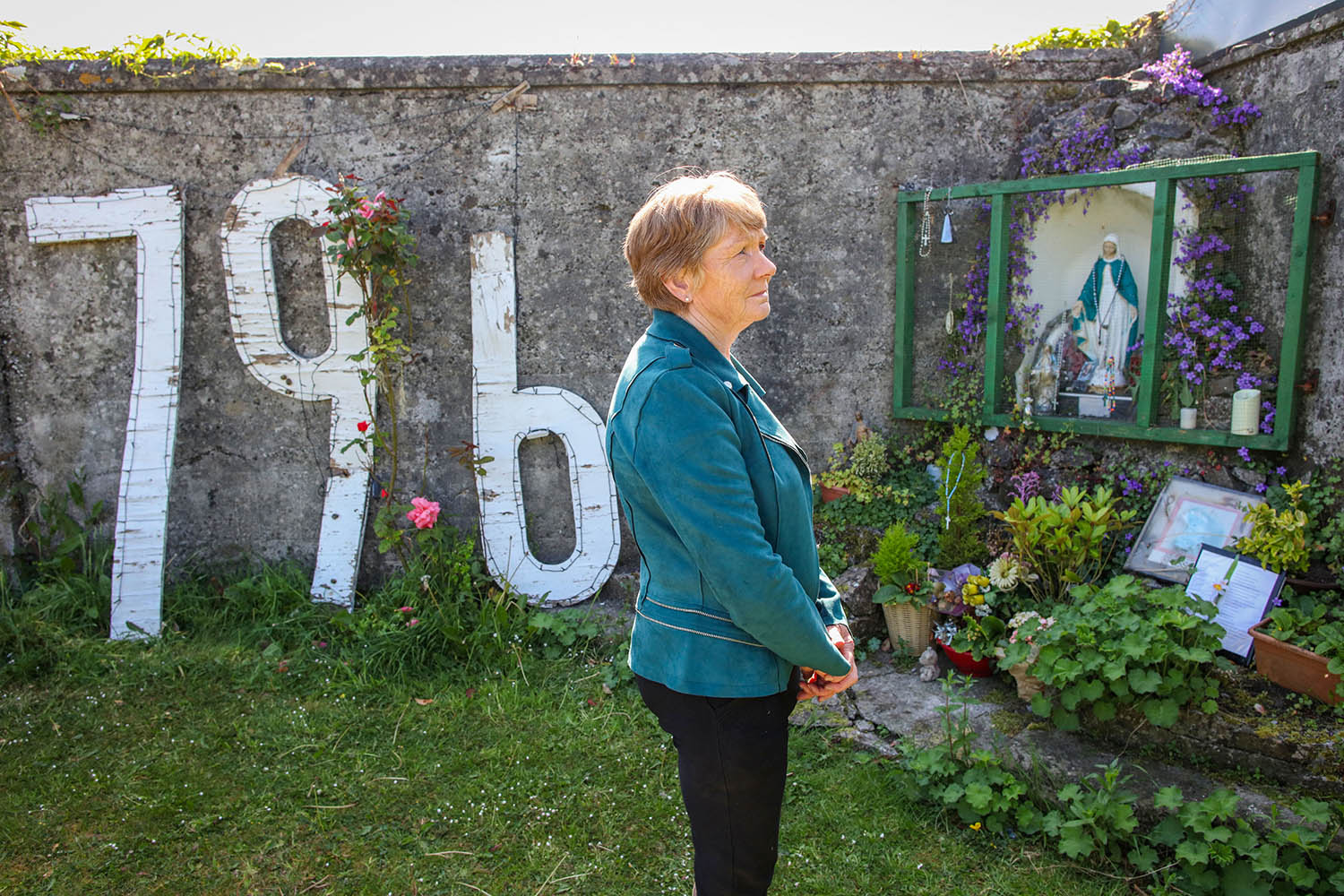Tuam, the largest town in County Galway, has two cathedrals – one Catholic, the other Protestant – which gives it the distinction of being a city. For more than a century it has boasted three primary schools and four post-primary schools, all under the custodianship of the archbishop, and all tutored by religious orders. A holy city. A great industrial town. But what was never said – what was hidden – was that Tuam had a darker side.
I grew up on a farm about three miles away and knew nothing of the mother and baby home nearby. I had only a vague memory of a batch of gaunt, desolate children being herded into the classroom at school, always a little later than the rest of us, and always let out before home time. We were instructed by the nuns not to mix with those children, told that they carried disease. They did not continue into the higher classes and were soon forgotten.
But 50 years later, when I was asked by the local historical society to contribute a chapter for its 2012 edition, for reasons I cannot explain, those children flashed before me. I knew nothing about them, who they were or where they ended up.
It was only through talking to elderly residents in the town – some willing to talk, others not so – that I found out about the home.
It was run by the Bon Secours sisters, an order of Catholic nuns, as a place for unmarried mothers and their children to live away from the society that rejected them. From the very beginning of my research, getting answers was a struggle. It was only after a teachta dála (MP) intervened on my behalf that Galway county council allowed me access to the archives.
The information I gathered from the maps and records I discovered was distressing. A high number of babies and young children had died before the home was closed in 1961, but there were no burial records. In the 1970s two boys had found bones in an exposed part of a sewage tank in the grounds. Authorities suggested they were related to a workhouse once on the site. I believed it indicated there was evidence that the babies might have been buried in a mass grave.
I had only a vague memory of the gaunt children being herded into our classroom. The nuns told us not to mix with them
When I published my essay, I had the death records of 200 babies. In the end, I found that a total of 796 babies and toddlers had died at the home between 1925 and 1961. All had been baptised, but the church and the authorities involved denied knowledge of their deaths or burials. The Bon Secours sisters hired a PR company that denied the existence of a mass grave and claimed the bones were from the famine. My research was publicly ridiculed.
But I felt I couldn’t give up looking for an answer, and in 2014 the Irish media picked up the story. My discovery made headlines – “800 babies died in mass grave in Tuam” – that were published worldwide. I was inundated with requests from survivors from the home and started further research to help them find out more about their birth families. Most of the time I was successful.
In 2015 the Irish government set up an investigation into most of the large mother and baby homes in Ireland. In 2016 an initial excavation confirmed that “significant quantities of human remains” had been found at the Tuam site.
My findings were right. Still, I had to fight obstacles from those I thought would have helped. Each and every delay was heartbreaking. After the release of the government’s report into the homes in 2021, all institutions involved made official apologies, along with promises to excavate the Tuam site. But it took another year for a law to be passed to allow for exhumation and forensic testing of the remains – despite the fact that archaeologists told me they often disintered remains while building roads.
Last week, three years after that law was passed, pre-excavation work finally began at Tuam. After more than a decade, I can let go and take a step back.
As I stood outside the barricaded burial site and watched through a peephole, I felt a sense of joy. The grounds are now full of cabins, small diggers and fencing. There are workers in hard hats, forensic archaeologists and a multitude of others who will keep us up to date on what they find. Hopefully it will be the full number – 796 little bodies waiting for a dignified burial.
More from The Observer
Photo by Paul Faith/AFP via Getty
